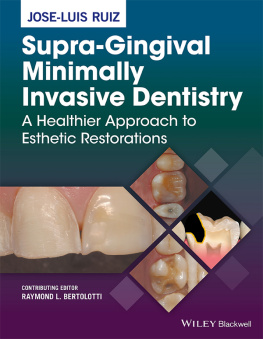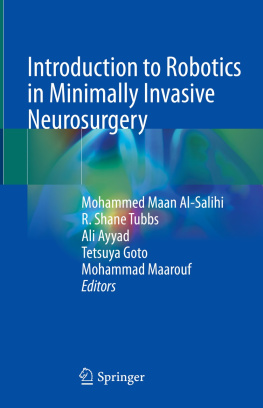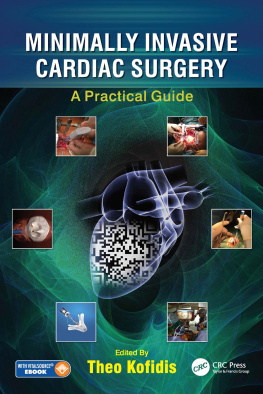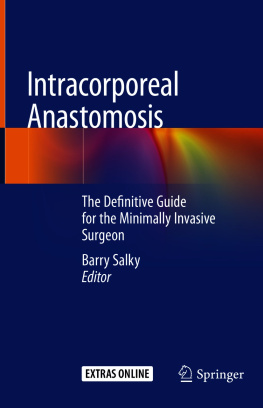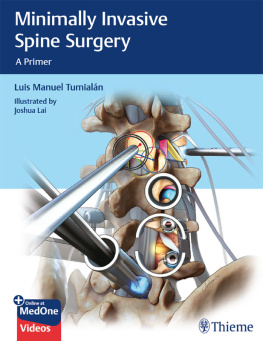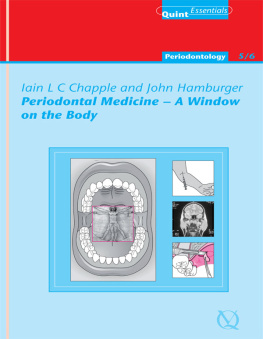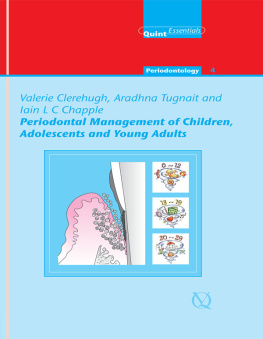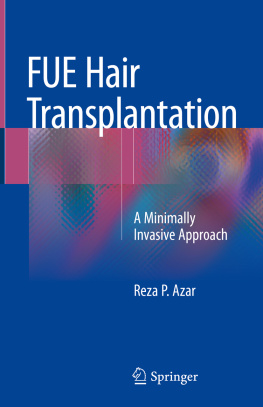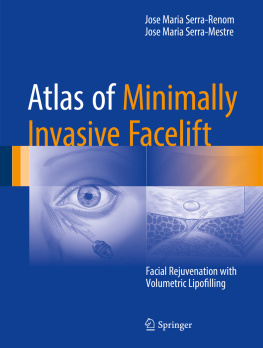
This edition first published 2017 2017 by John Wiley & Sons, Inc.
All rights reserved. No part of this publication may be reproduced, stored in a retrieval system, or transmitted, in any form or by any means, electronic, mechanical, photocopying, recording or otherwise, except as permitted by law. Advice on how to obtain permission to reuse material from this title is available at http://www.wiley.com/go/permissions.
The right of Jose-Luis Ruiz to be identified as the author of this work has been asserted in accordance with law.
Registered Offices
John Wiley & Sons, Inc., 111 River Street, Hoboken, NJ 07030, USA
John Wiley & Sons Ltd, The Atrium, Southern Gate, Chichester, West Sussex, PO19 8SQ, UK
Editorial Office
111 River Street, Hoboken, NJ 07030, USA
For details of our global editorial offices, customer services, and more information about Wiley products visit us at www.wiley.com.
Wiley also publishes its books in a variety of electronic formats and by print-on-demand. Some content that appears in standard print versions of this book may not be available in other formats.
Limit of Liability/Disclaimer of Warranty
The contents of this work are intended to further general scientific research, understanding, and discussion only and are not intended and should not be relied upon as recommending or promoting scientific method, diagnosis, or treatment by physicians for any particular patient. The publisher and the authors make no representations or warranties with respect to the accuracy and completeness of the contents of this work and specifically disclaim all warranties, including without limitation any implied warranties of fitness for a particular purpose. In view of ongoing research, equipment modifications, changes in governmental regulations, and the constant flow of information relating to the use of medicines, equipment, and devices, the reader is urged to review and evaluate the information provided in the package insert or instructions for each medicine, equipment, or device for, among other things, any changes in the instructions or indication of usage and for added warnings and precautions. Readers should consult with a specialist where appropriate. The fact that an organization or website is referred to in this work as a citation and/or potential source of further information does not mean that the author or the publisher endorses the information the organization or website may provide or recommendations it may make. Further, readers should be aware that websites listed in this work may have changed or disappeared between when this work was written and when it is read. No warranty may be created or extended by any promotional statements for this work. Neither the publisher nor the author shall be liable for any damages arising herefrom.
Library of Congress Cataloging-in-Publication Data
Names: Ruiz, Jose-Luis (Dentist), author.
Title: Supra-gingival minimally invasive dentistry : a healthier approach to
esthetic restorations / Jose-Luis Ruiz.
Description: Hoboken, NJ : John Wiley & Sons, Inc., 2017. | Includes
bibliographical references and index.
Identifiers: LCCN 2017008998 (print) | LCCN 2017010815 (ebook) |
ISBN 9781118976418 (cloth) | ISBN 9781118976425 (Adobe PDF) |
ISBN 9781118976432 (ePub)
Subjects: | MESH: Dental Restoration, Permanentmethods | Dental
Restoration, Permanentadverse effects | Minimally Invasive Surgical
Proceduresmethods | Oral Surgical Procedures, Preprostheticmethods |
Dental Marginal Adaptation | Postoperative Complicationsprevention &
control
Classification: LCC RK54 (print) | LCC RK54 (ebook) | NLM WU 300 | DDC
617.6/9--dc23
LC record available at https://lccn.loc.gov/2017008998
Cover images: courtesy of Jose-Luis Ruiz
Foreword
I am pleased to have the opportunity to review Dr. Jose-Luis Ruiz's book on conservative dental restorations. I have known Jose-Luis for many years and have been to his office and observed his dentistry, his competent staff, and his overall professionalism. I am impressed with his work ethic, his quality dentistry, and his enthusiasm for the profession.
For years, he has supported and taught the concept of reducing the percentage of crowns placed in the profession, a motive that I share. Many dentists are hesitant to place onlays and veneers, thinking that they are more difficult to place than crowns, and potentially weaker. As with any other clinical procedure, becoming competent with conservative indirect restorations requires a brief period of time and placement of several restorations.
Our research on onlays at the Clinicians Report Foundation has shown that properly made and cemented onlays can be stronger than natural teeth. Additionally, the teeth retain their natural color for years of successful and esthetically pleasing service. Veneers placed on enamel surfaces with only minimal dentin exposed are well known to be among the most beautiful of restorations and have excellent strength and longevity.
You will enjoy reading Jose-Luis's book, and you and your patients will benefit from its contents.
Gordon J. Christensen DDS, MSD, PhD
CEO, Clinicians Report Foundation
CEO, Practical Clinical Courses
Preface
The past three decades have brought a great number of new materials, techniques and devices to dentistry, some of them revolutionary, like adhesive dentistry. Materials that are stronger, more esthetic, with unique features like the ability to set on command, with great mechanical characteristics. Devices offering amazing diagnostic, clinical and manufacturing possibilities. Many of these new materials and devices have promised to make dentistry faster, better, more predictable, and even healthier for patients. But the reality is that while these materials and technology have been implemented, all of the above promises have not truly materialized. Looking at restorative clinical dentistry today shows a small overall improvement in the patient's or dentist's experience. Most dental procedures take longer than with older materials, an example being a simple class II composite. Teeth continue to be cut aggressively for crowns, root canals continue to be performed at amazingly high rates, restorative margins continue to be placed below the gums and patients continue to have pain during and after dental procedures. Is there an actual net gain from all the technological advances?
Tooth-conserving dentistry and partial coverage restorations are strongly advocated by most. Nevertheless, full crowns are still the most popular indirect restoration by far! Why? One reason is the extremely convoluted and demanding techniques advocated by some. Most educators and schools continue to perceive and teach that partial-coverage metal-free restorations, non-gold, are to be used in limited situations, only when ideal conditions exist, and so full-coverage crowns are used most of the time. This is mostly due to fear of failure. Some of the most common reasons for these reported failures are the use of new materials with old techniques, the overall lack of understanding and trust in adhesion, and most importantly, the universal acceptance that placing restorative margins subgingivally is out of our control, or often necessary and normal, and even the belief that placing subgingival margins has important advantages which outweigh the negatives.
Subgingival margins have endless disadvantages to restorative success and patient health. The damage caused by subgingival margins is an under-recognized secret of restorative dentistry. Unknowingly, dentists place subgingival margins unnecessarily every day! Dentists understand the negative consequences of periodontal disease, not only for the longevity of teeth, but also for the overall health of our patients. Defective subgingival margins act as permanent tartar affecting the periodontal health of our patients.
Next page
